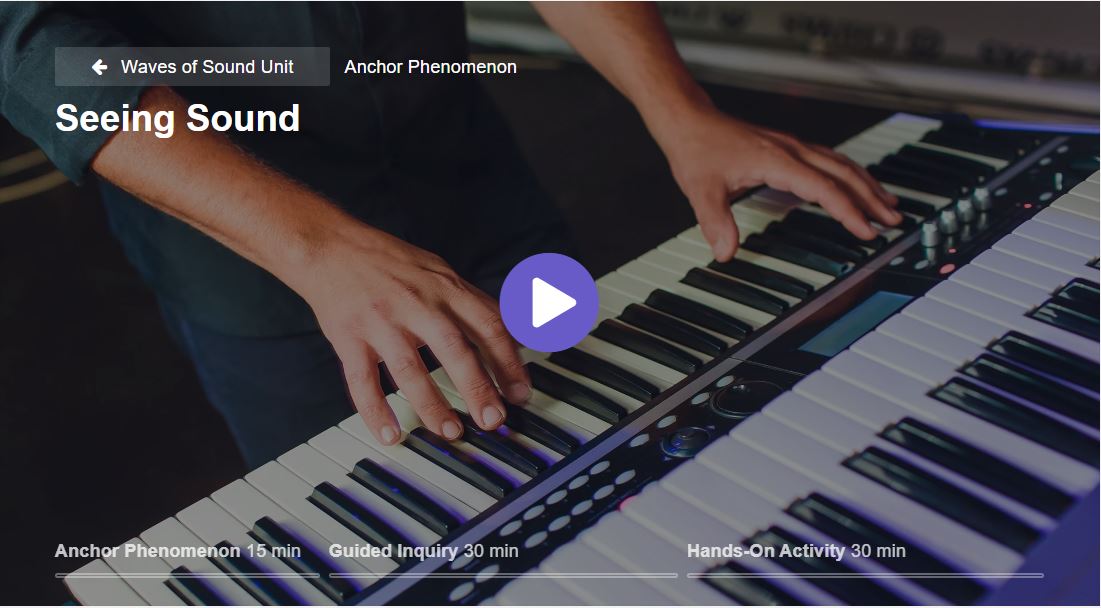This week, we will be exploring the science of sound to help us figure out the best way to create musical instruments! In secondary grades, students are asked to obtain, evaluate, and communicate information about how sound is produced and changed and how sound can be used to communicate (S4P2). Students are also asked to solve real world and mathematical problems involving volume (MGSE5.MD.5), so we will take this challenge one step further and evaluate whether or not changing the volume of the instruments' body changes the sound.
Materials: Paper, Coloring Tools, String or Rubber Bands, Home Building Materials (boxes, empty paper towel or toilet paper rolls, whatever you can find to build with!)
Here's a great book to get you thinking about how you perceive sound!
Materials: Paper, Coloring Tools, String or Rubber Bands, Home Building Materials (boxes, empty paper towel or toilet paper rolls, whatever you can find to build with!)
Here's a great book to get you thinking about how you perceive sound!
When studying sound, it can be helpful to consider ways that we may try and SEE what we normally only hear. Check out this awesome video that shows how an amazing composer has created a music video to show what his sounds look like! This phenomenon is a great jumping off point for studying sound. If you're able, answer the questions that follow the video or chat with your child about their thoughts!
Now that we've made the connection between vibration and sound, we can take what we know and apply it to the construction of some home instruments!
Ask your child, can you use materials found around your home to create a playable musical instrument with a hollow body and strings?
This challenge will have to be done in a few parts. First, students will brainstorm a design for their musical instrument. Through this process, they will learn that their instrument will have a large hollow body with strings stretched across it. During the planning process, encourage students to try out instrument bodies with 2 different volumes. To do this, students will have to estimate the volume of at least 2 different containers. Click here if you're unsure of how to find the volume of a rectangular prism. Students should consider how each volume changes the sound of their instrument and evaluate which is best. After considering the different sounds, students will create their instrument with their favorite container. Are there any other ways they could improve their instruments? See the ideas in the photos below if you're stuck!
Ask your child, can you use materials found around your home to create a playable musical instrument with a hollow body and strings?
This challenge will have to be done in a few parts. First, students will brainstorm a design for their musical instrument. Through this process, they will learn that their instrument will have a large hollow body with strings stretched across it. During the planning process, encourage students to try out instrument bodies with 2 different volumes. To do this, students will have to estimate the volume of at least 2 different containers. Click here if you're unsure of how to find the volume of a rectangular prism. Students should consider how each volume changes the sound of their instrument and evaluate which is best. After considering the different sounds, students will create their instrument with their favorite container. Are there any other ways they could improve their instruments? See the ideas in the photos below if you're stuck!

 RSS Feed
RSS Feed